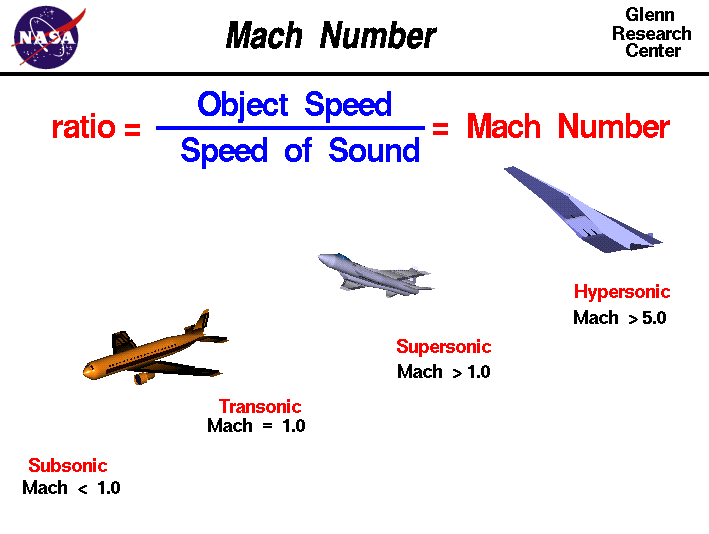Description

Disclaimer: Copyright infringement not intended.
Context: Russia said it had fired hypersonic Kinzhal missiles as part of a massive wave of strikes on Ukraine, in which Kyiv said at least six civilians had been killed.
Details:
Key facts on the Kinzhal:
- It means "dagger" in Russian
- It is an air-launched ballistic missile that is capable of carrying nuclear or conventional warheads.
- It has a reported range of 1,500 to 2,000 km (930 to 1,240 miles) while carrying a payload of 480 kg. It may reach speeds of up to Mach 10 (12,350 kilometres per hour).
- The Kinzhal is one of six "next generation" weapons unveiled by President Vladimir Putin in a speech in March 2018.
.jpeg)
Background:
- Putin said in December 2021, two months before the invasion of Ukraine, that Russia was the global leader in hypersonic missiles and, by the time other countries caught up, was likely to have developed technology to counteract these new weapons.
- Russia sent fighter jets armed with Kinzhal missiles to Syria for the first time in 2021, military analysts say
- Russia's defence ministry claimed to have fired a Kinzhal missile at a munitions dump in southwestern Ukraine in March 2022, the first known use of the weapon in combat. It has since fired Kinzhal missiles on several other occasions in Ukraine.

Classification depending on speed
What is a hypersonic missile?
- A hypersonic missile, such as Kinzhal, is capable of flying at least at the speed of Mach 5, i.e. five times the speed of sound, and is manoeuvrable.
- The manoeuvrability of the hypersonic missile is what differentiates it from a ballistic missile, as the latter follows a set course or a ballistic trajectory.
- Thus, unlike ballistic missiles, hypersonic missiles do not follow a ballistic trajectory and can be manoeuvred to the intended target.
- This makes them extremely lethal because by the time they are detected by ground-based radars, they are already quite near to their target.
- There are two types of hypersonic weapons systems: Hypersonic Glide Vehicles (HGV) and Hypersonic Cruise Missiles. The HGVs are fired from a rocket before gliding to the intended target while the hypersonic cruise missile is powered by air-breathing high-speed engines or ‘scramjets’ after acquiring their target.

What are the benefits of hypersonic missiles?
- Hypersonic weapons can enable responsive, long-range strike options against distant, defended or time-critical threats (such as road mobile missiles) when other forces are unavailable, denied access or not preferred.
- Conventional hypersonic weapons use only kinetic energy i.e. energy derived from motion, to destroy unhardened targets or even underground facilities.
Ballistic Missile:
- A ballistic missile follows a ballistic trajectory to deliver one or more warheads on a predetermined target. These weapons are guided only during relatively brief periods—most of the flight is unpowered. Short-range ballistic missiles stay within the Earth's atmosphere, while intercontinental ballistic missiles (ICBMs) are launched on a sub-orbital trajectory.
- These weapons are in a distinct category from cruise missiles, which are aerodynamically guided in powered flight.
- Ballistic missiles are categorised according to their range, maximum distance measured along the surface of earth's ellipsoid from the point of launch to the point of impact of the last element of their payload. The missile carry a huge payload. The carriage of a deadly warhead is justified by the distance the missile travels. Ballistic missiles can be launched from ships and land based facilities.
|
PRACTICE QUESTION
Q) What do you mean by ballistic missiles? How do they differ from cruise missiles? (150 words)
|

https://www.reuters.com/world/europe/russia-fires-hypersonic-kinzhal-missiles-ukraine-2023-03-09/

















